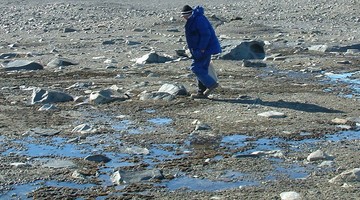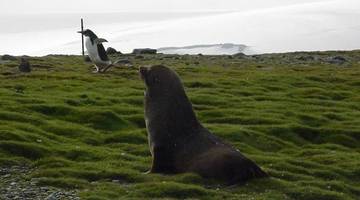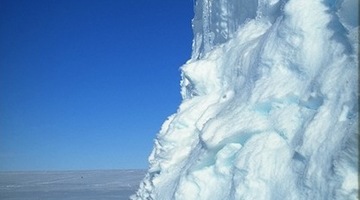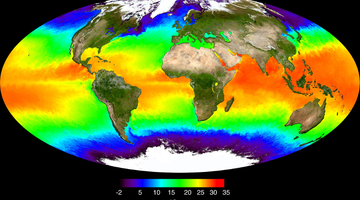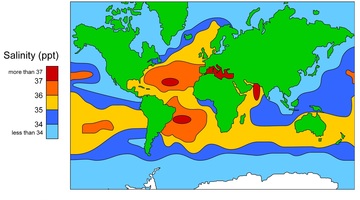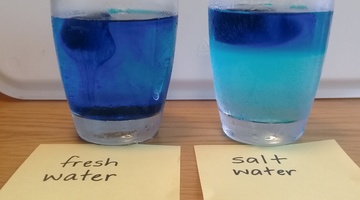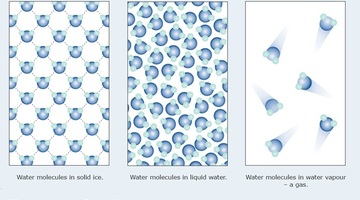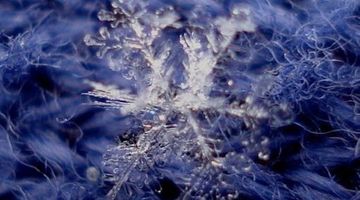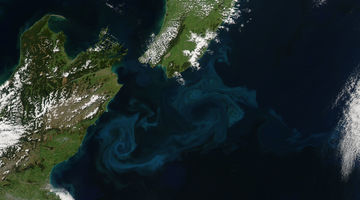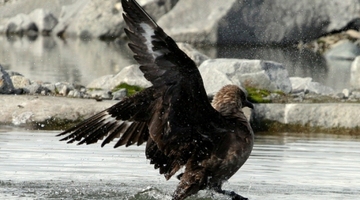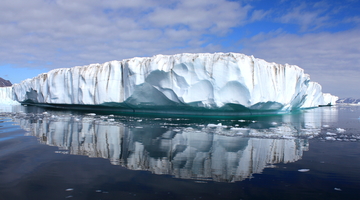Despite extreme conditions Antarctica has thriving ecosystems on land and in the water.
Click to add note
Click to add note
Antarctica is an unlikely place to find plants, but they are there all right – mosses, lichens, algae and even flowering plants grow on the frozen continent.
Click to add note
Explore the physical properties of water and how it freezes.
Click to add note
In this activity, students look at what happens when hot and cold water meet.
Click to add note
Click to add note
Click to add note
This activity enables students to see the impact of temperature on water density.
Click to add note
Click to add note
Click to add note
Click to add note
Krill is one of the best-known Antarctic species of zooplankton and are the food source for a wide range of animals.
Click to add note
Click to add note
Click to add note
Click to add note
This article looks at a number of issues, including the impact of changing fishing practices.
Click to add note
Click to add note
Click to add note
This literacy activity explores life in cold, dry climates and includes the opportunity to design a unique organism capable of living in these conditions.
This article looks at different forms of heat loss in a very cold environment, Antarctica. Check out Building Science Concept book 47 Insulation for more activity ideas.
Click to add note
Click to add note
Click to add note
Click to add note


